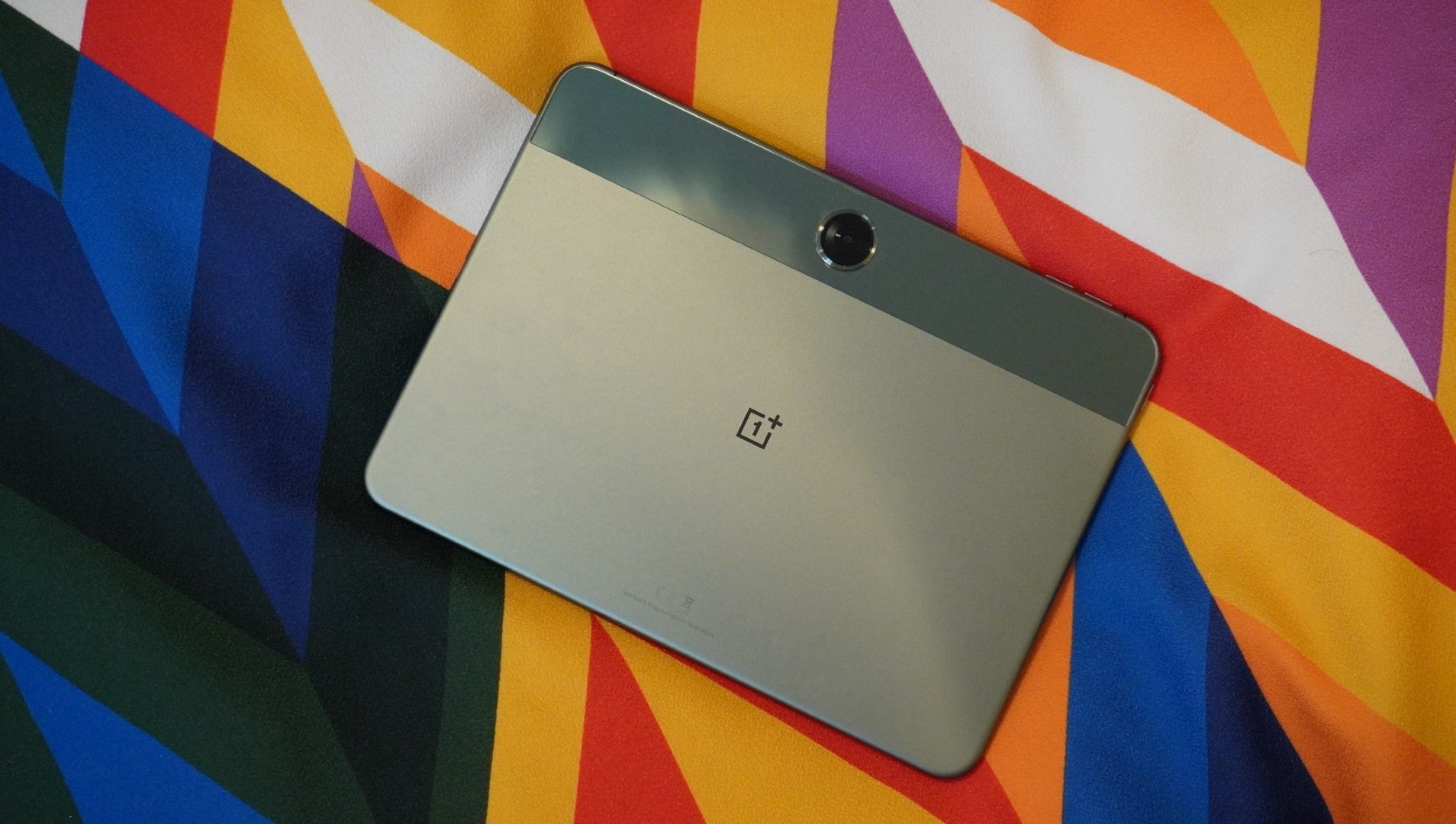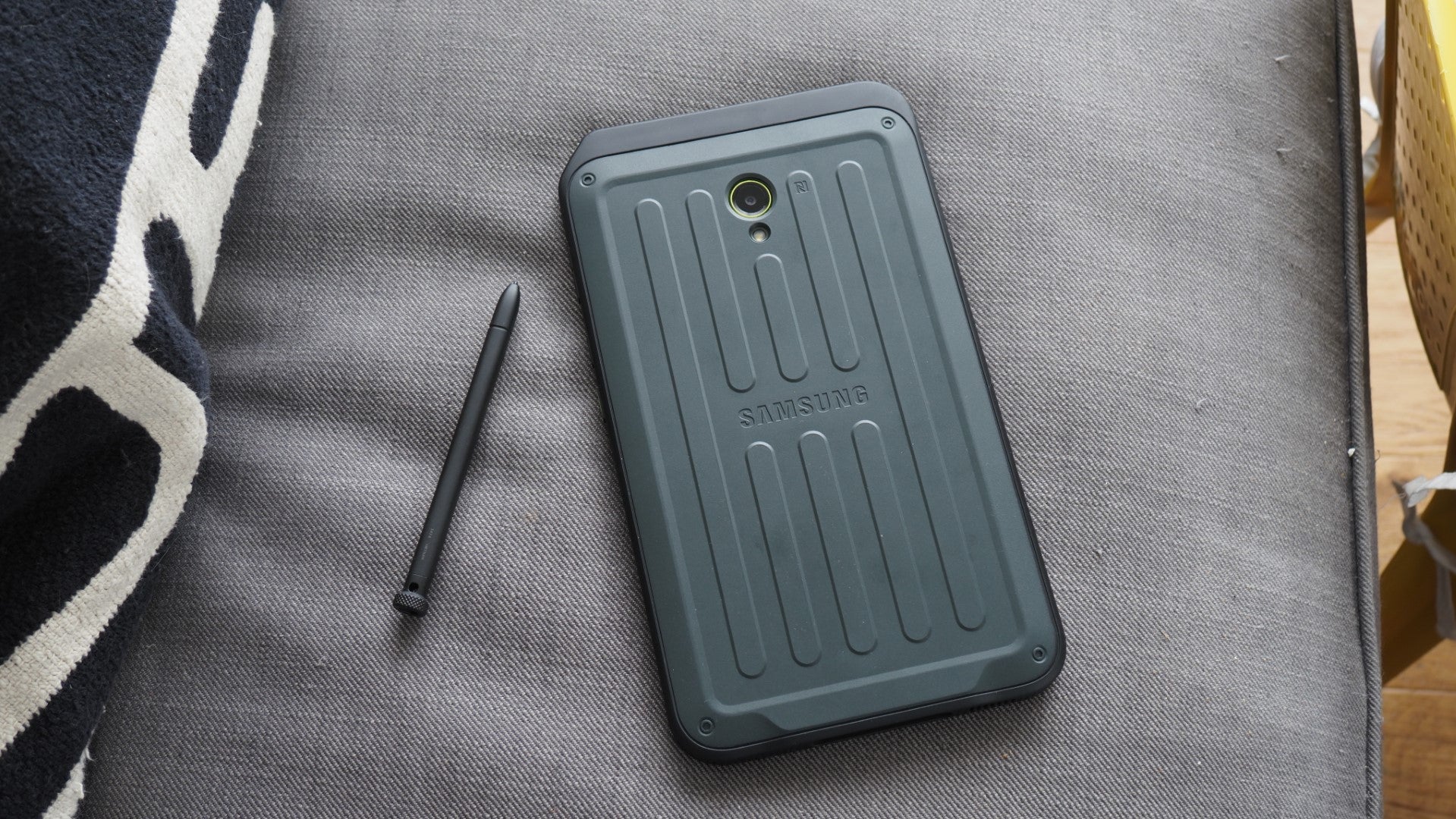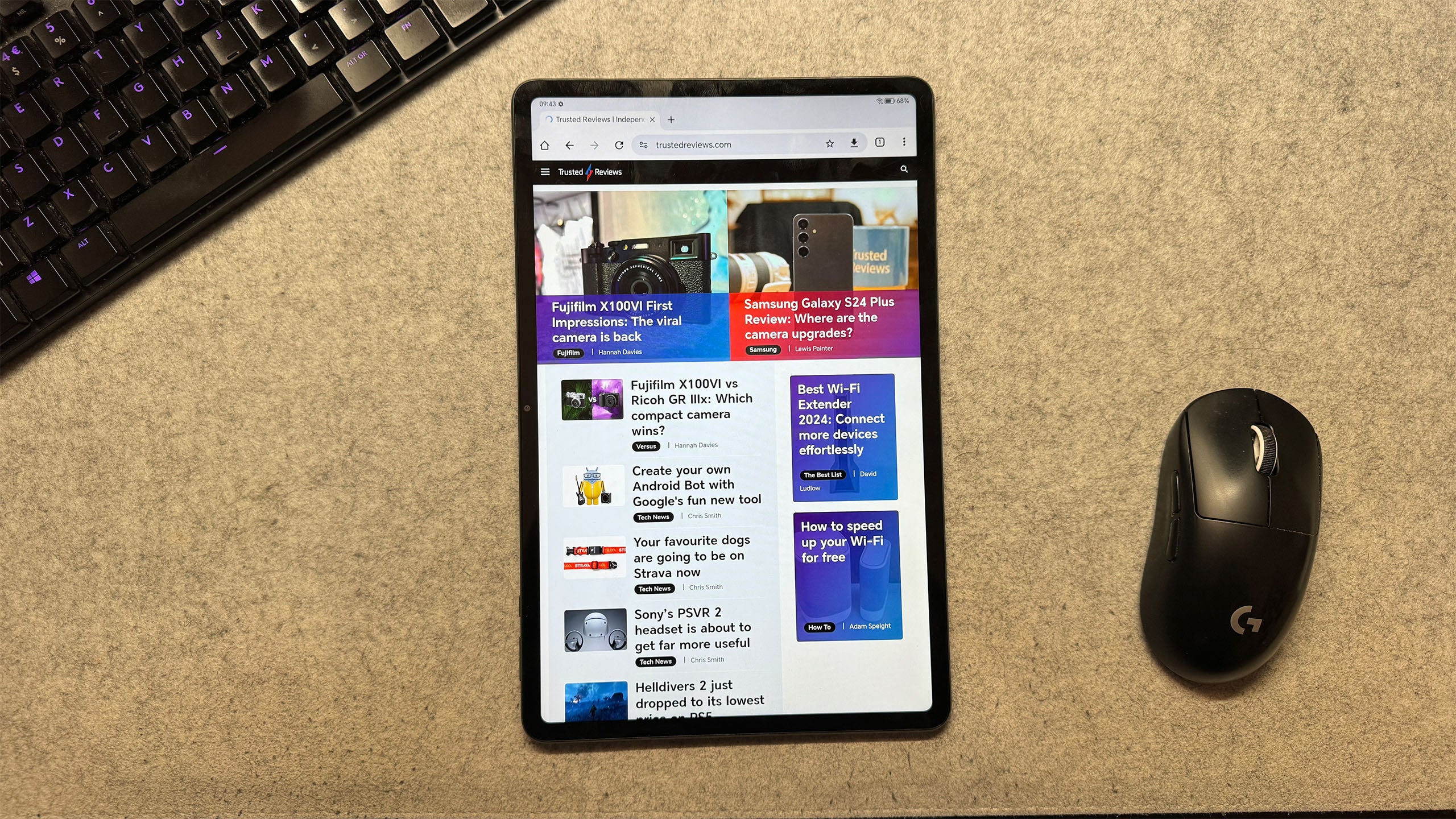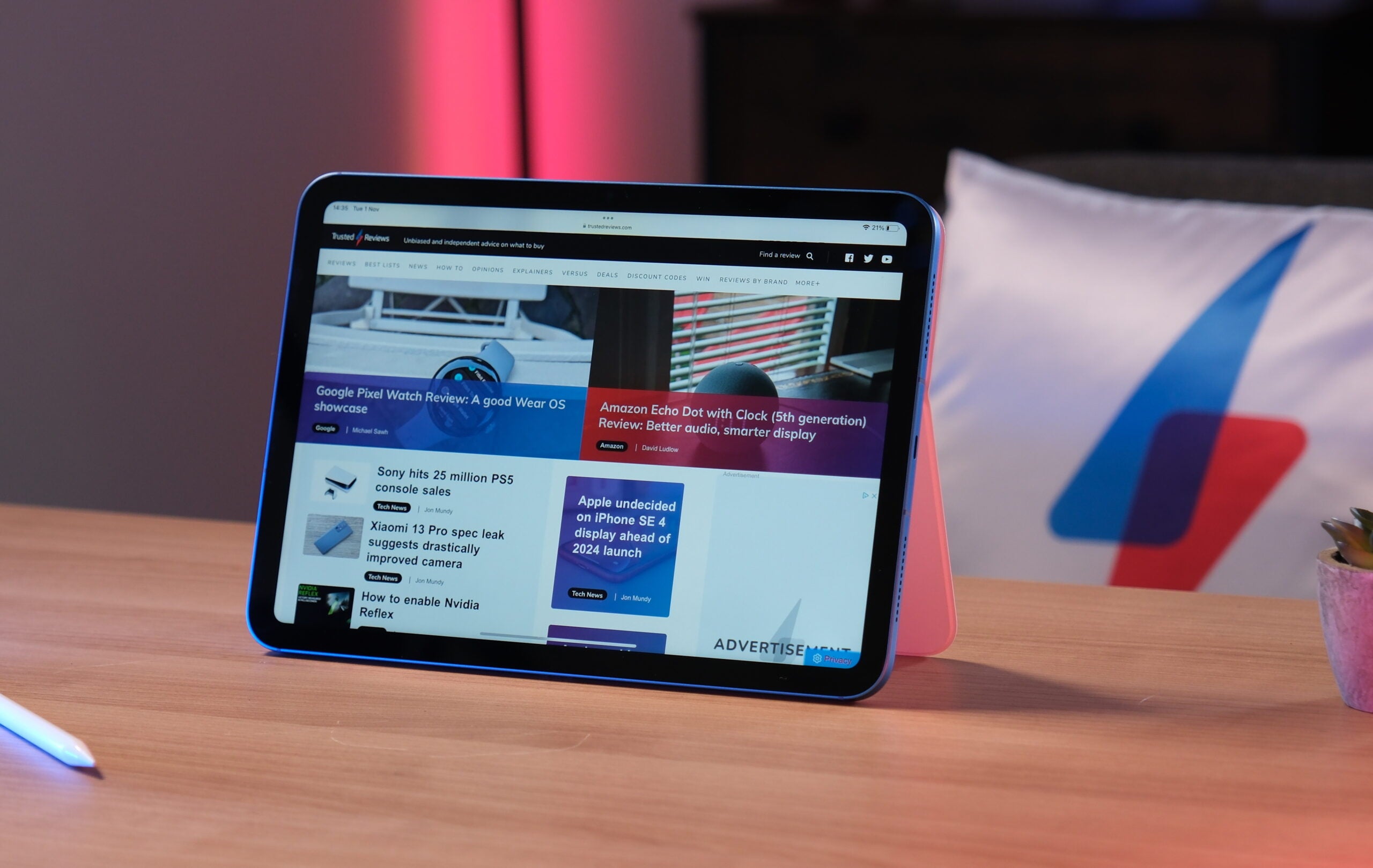Xiaomi Redmi Pad SE Review
A cheap, well-built tablet that's only really suited to simple tasks and media playback.
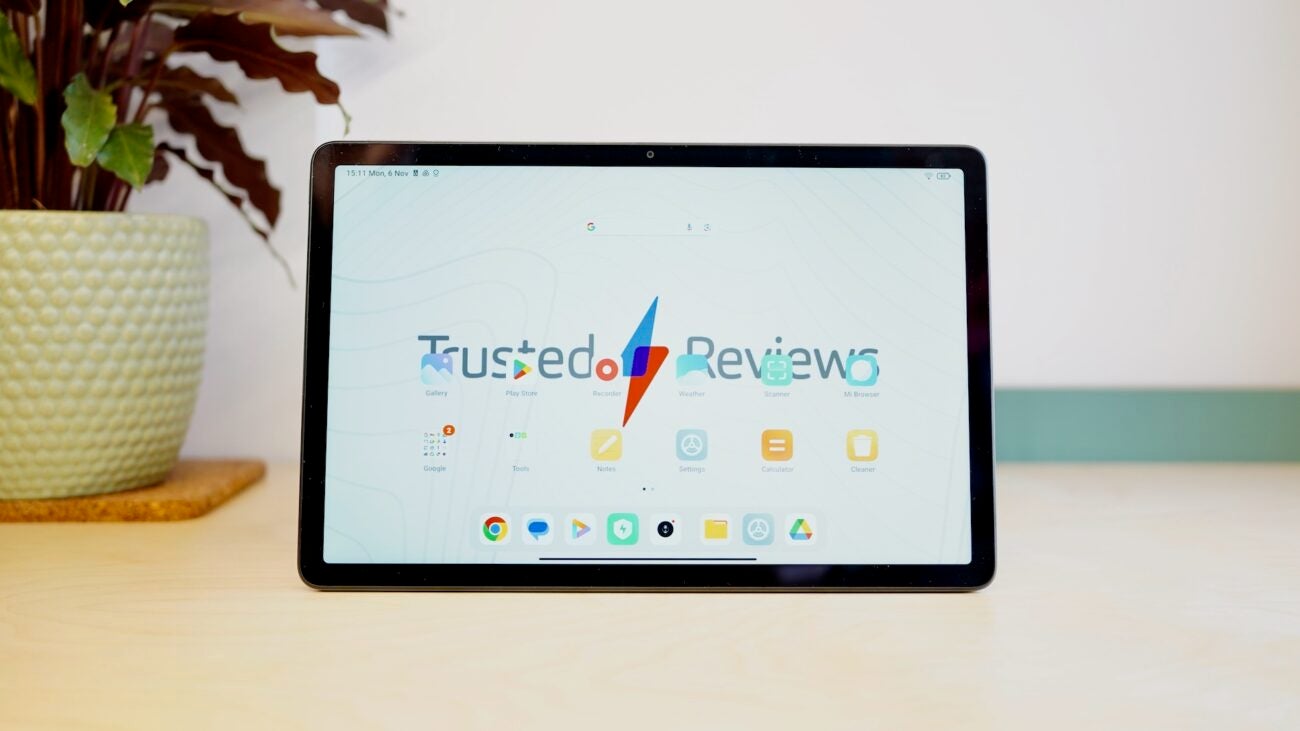
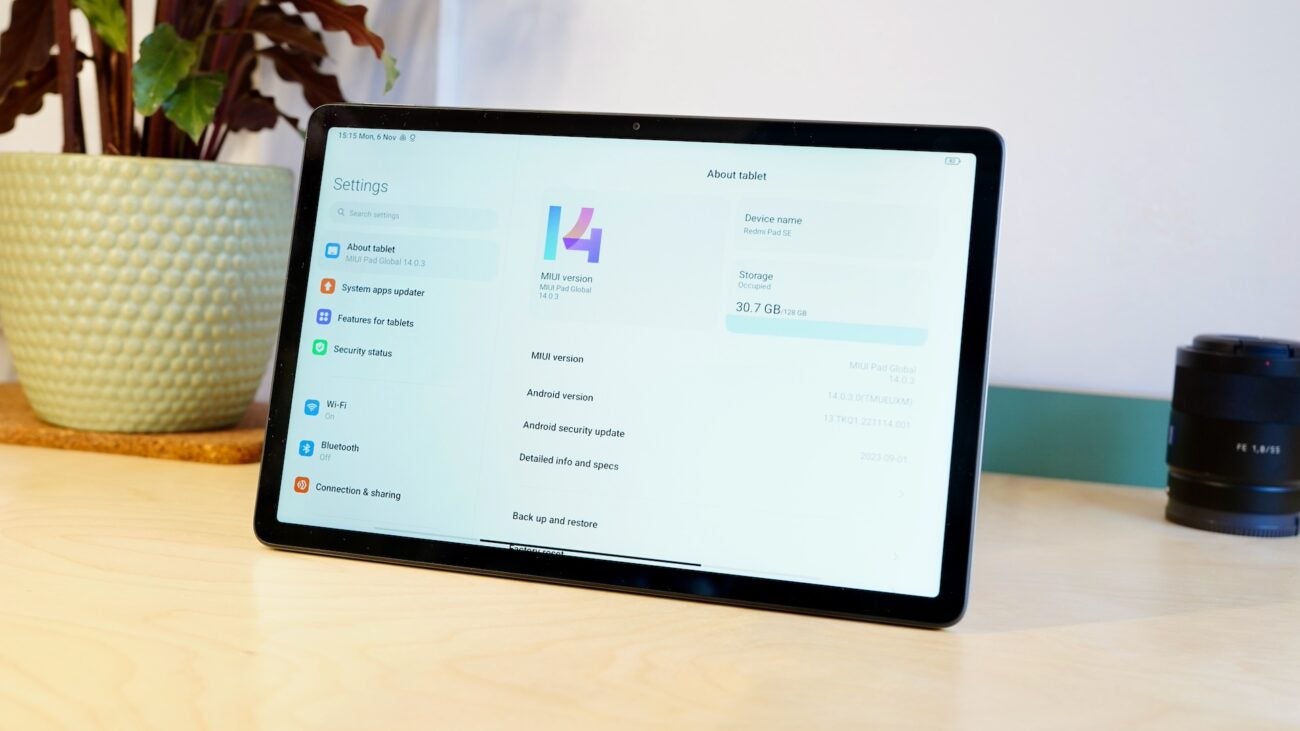
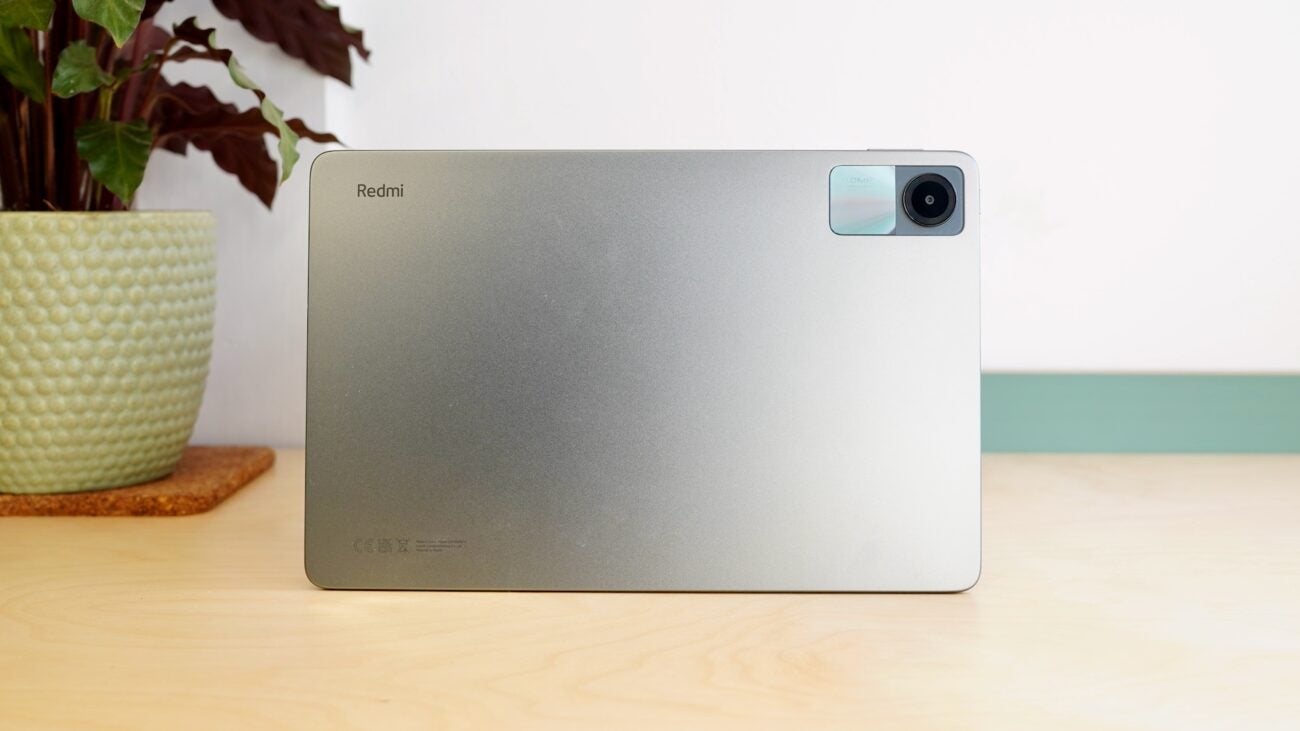
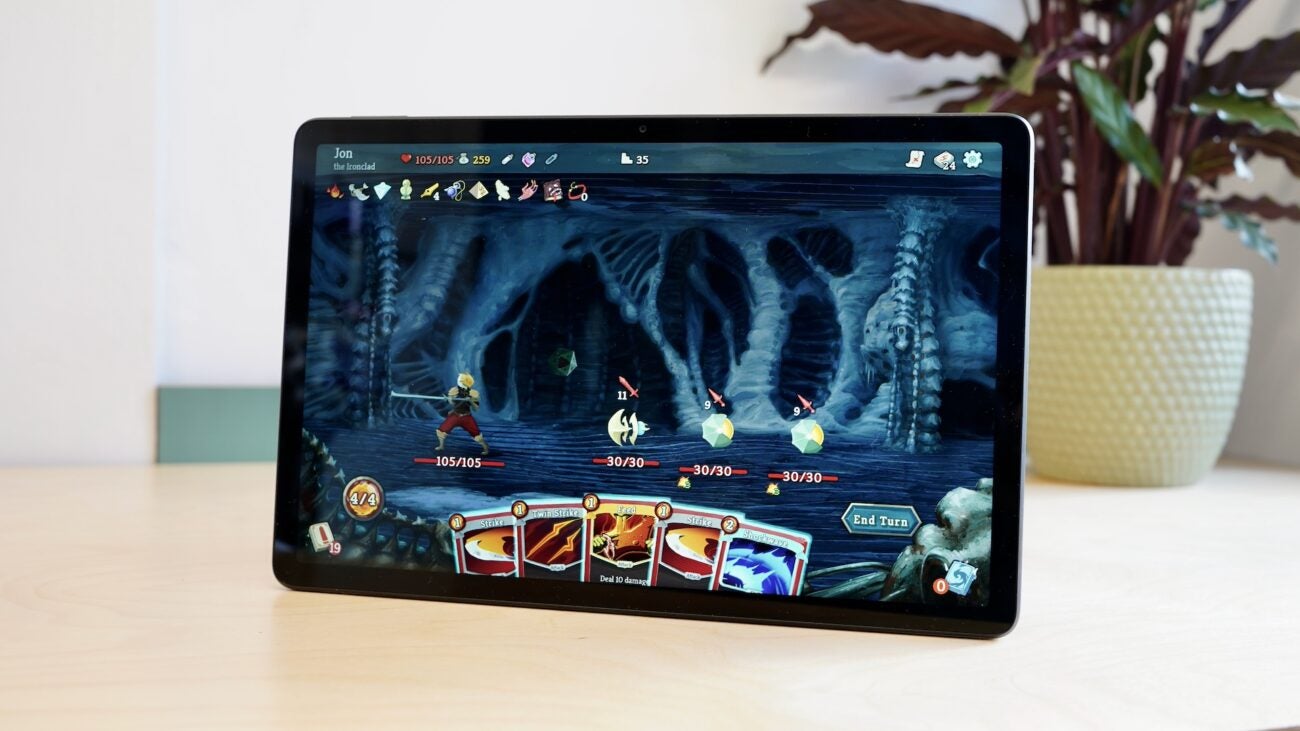
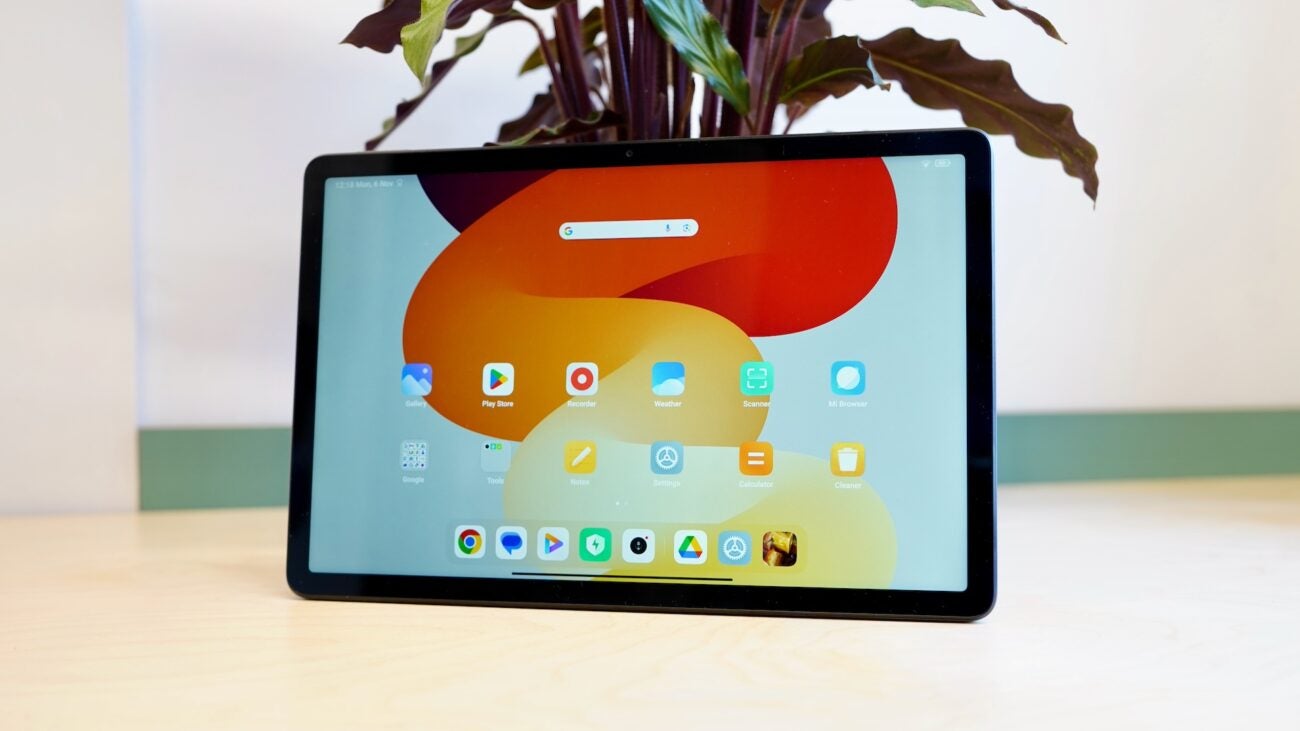
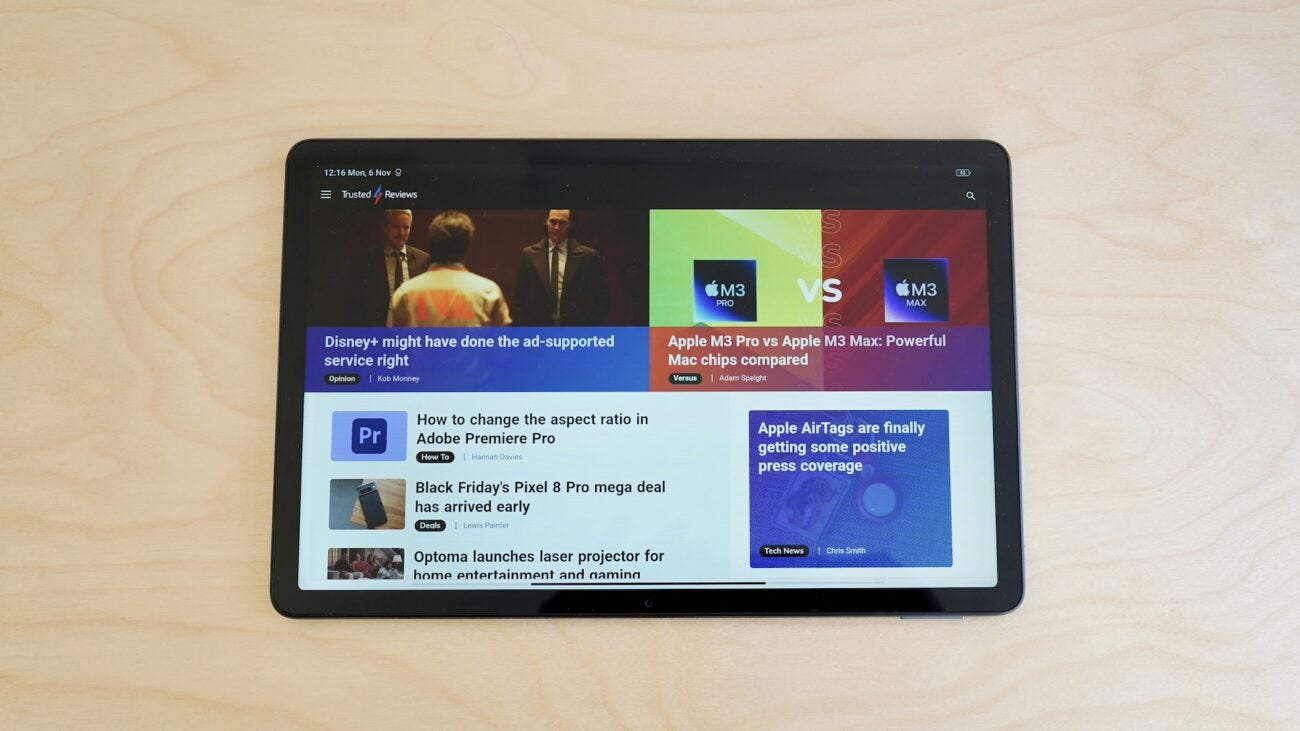
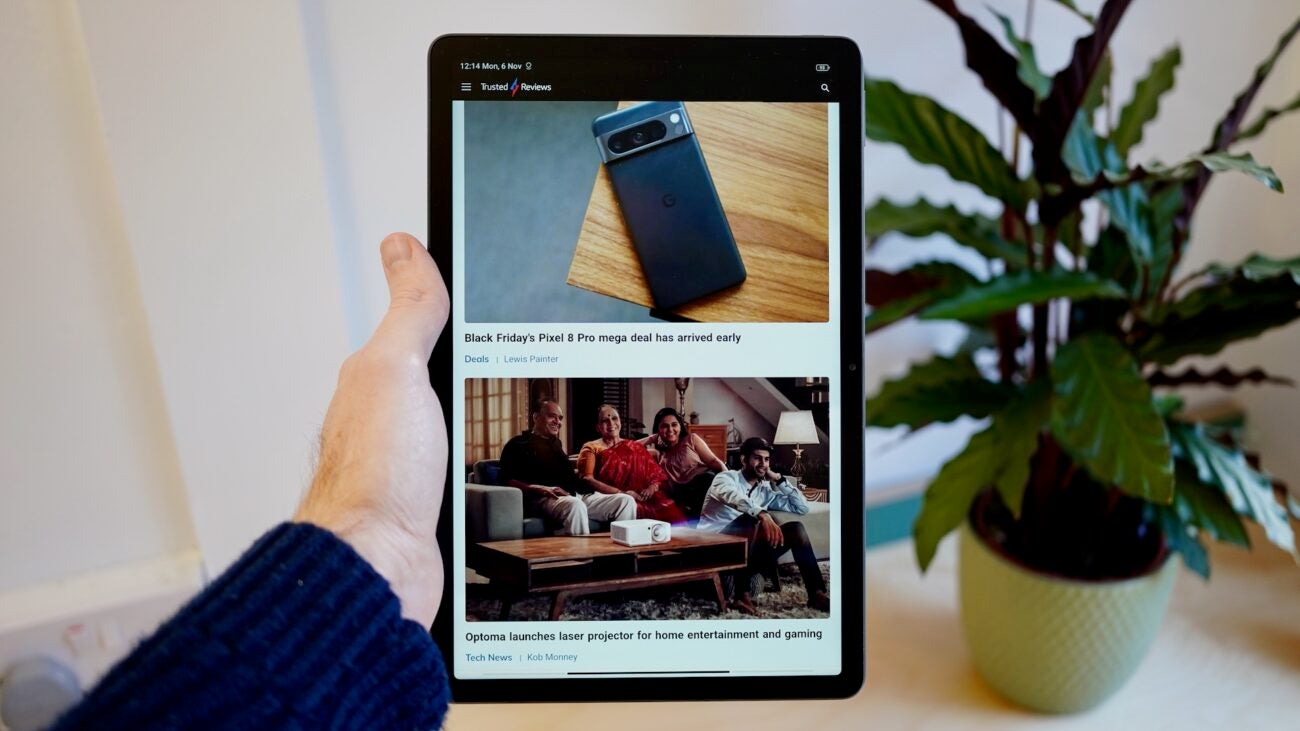
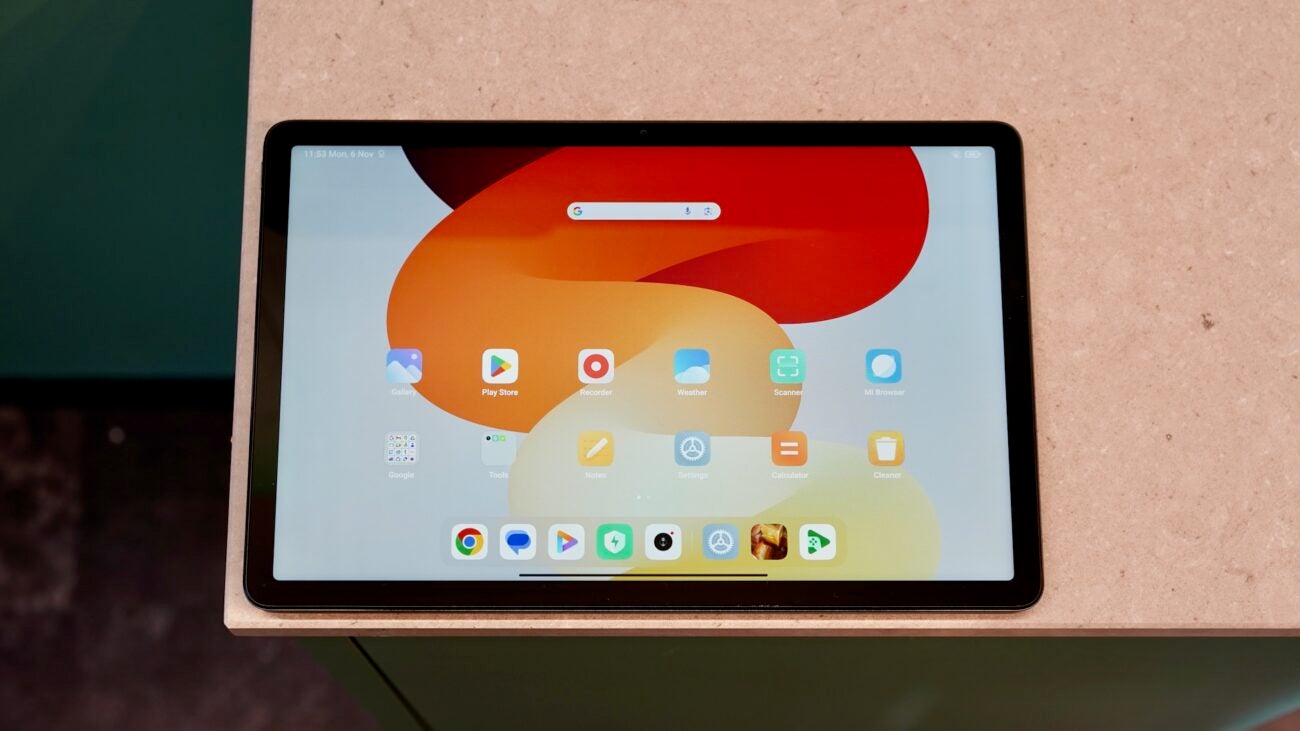
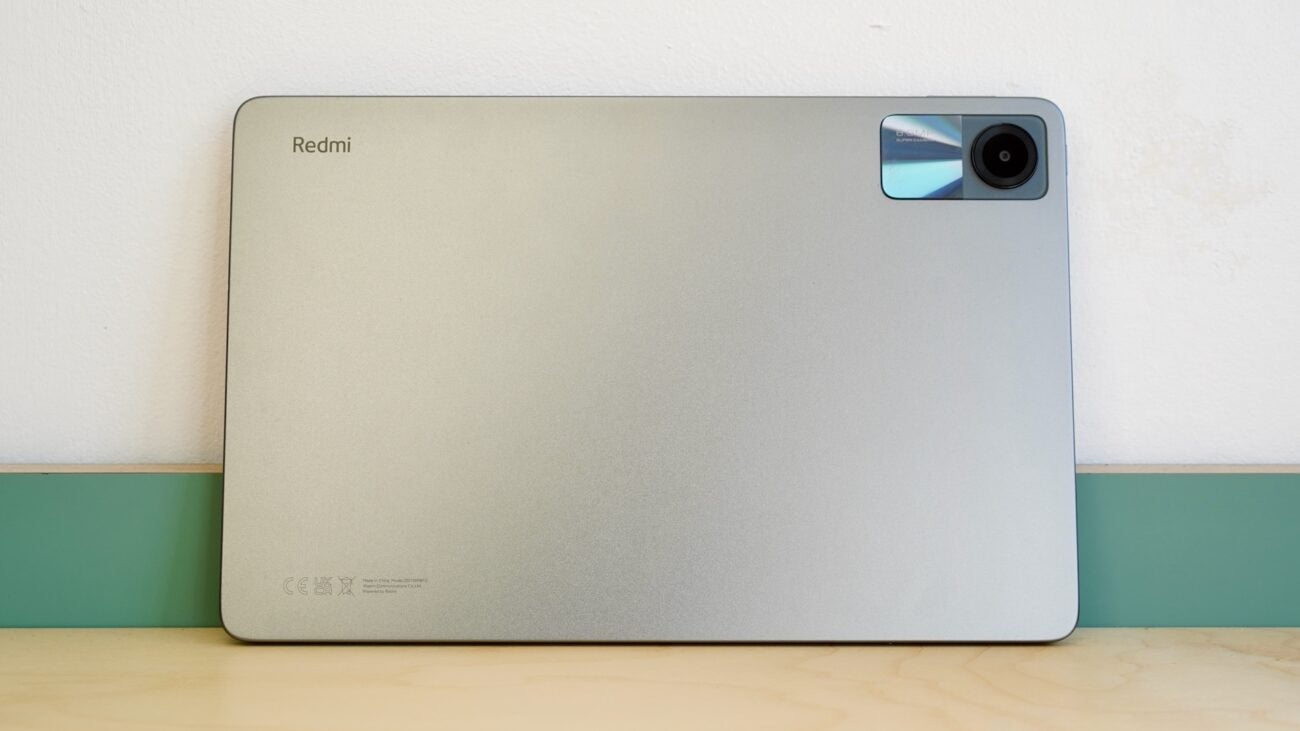
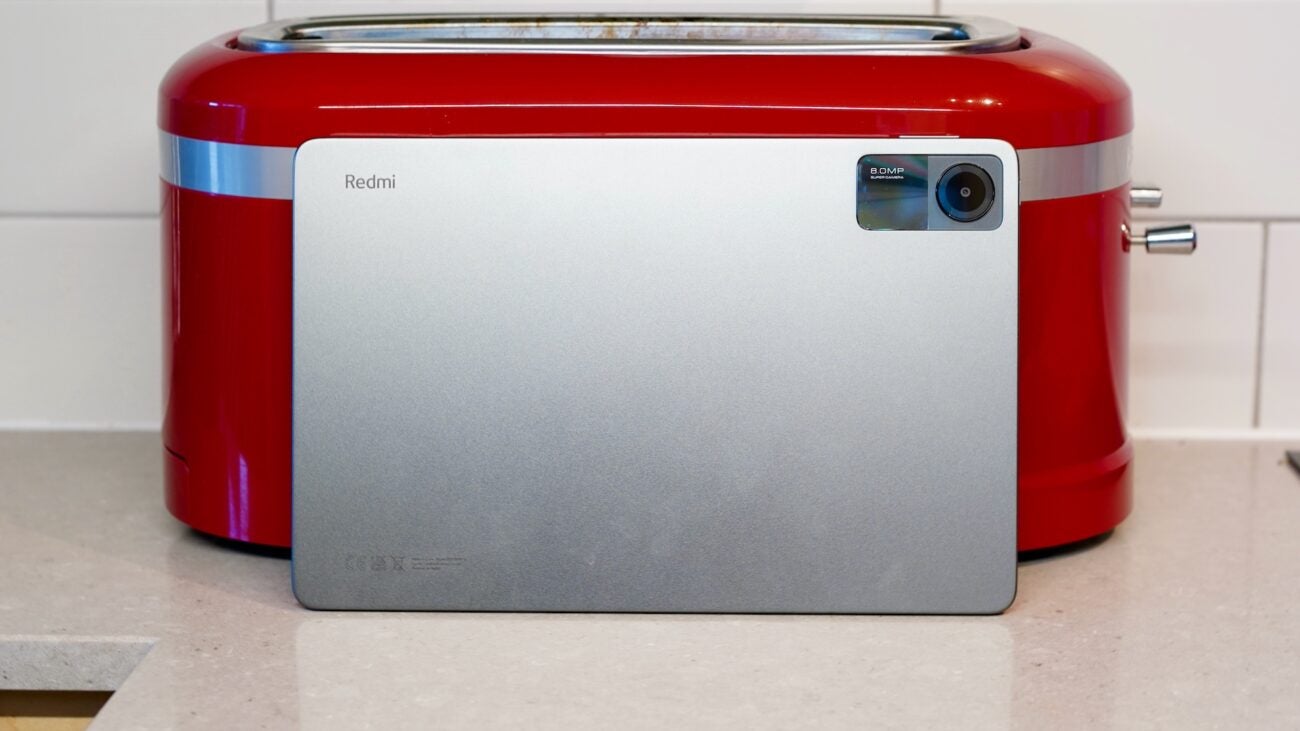
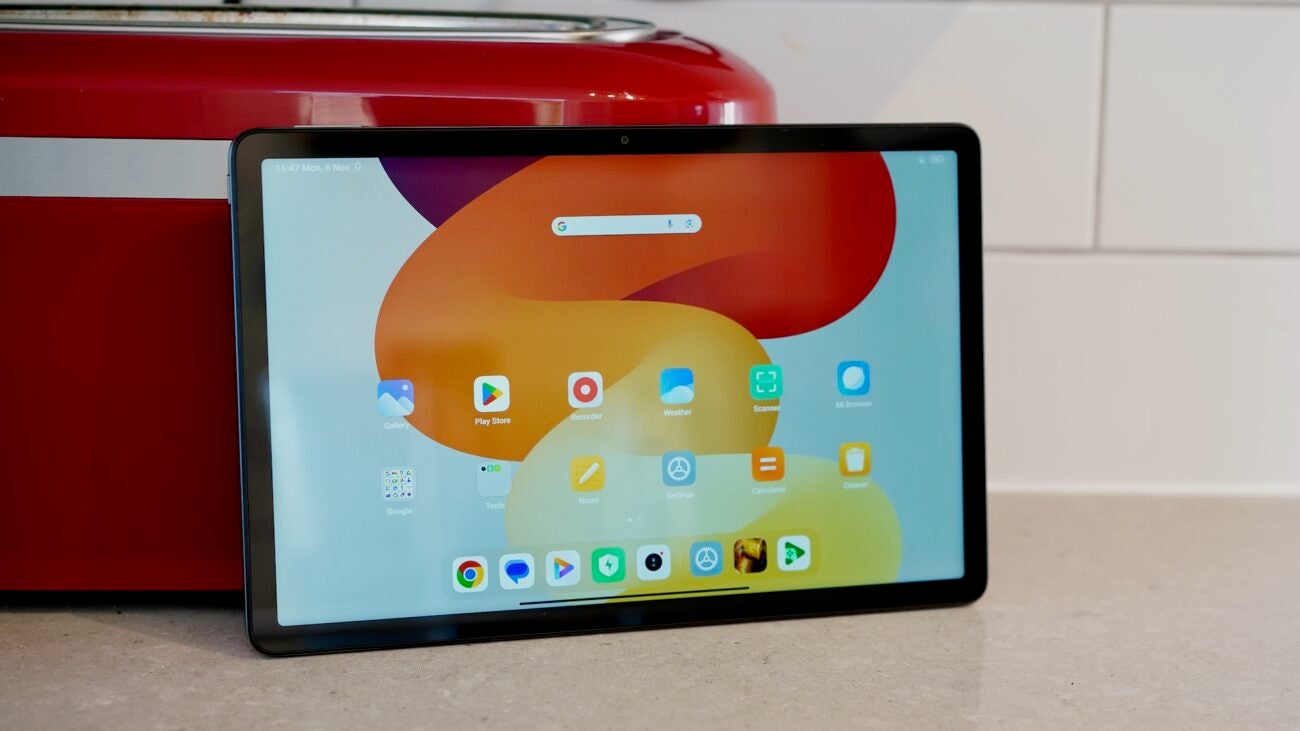
Verdict
The Xiaomi Redmi Pad SE offers a tidy full-sized tablet at a sub-£200 price tag, but the compromises to performance mean that its use is limited beyond media streaming and light web browsing.
Pros
- Smooth 90Hz refresh rate
- Two years of OS upgrades
- Premium aluminium build
Cons
- Snapdragon 680 isn’t the best
- Very slow 10W charging
- Fairly low resolution for an 11-inch display
Key Features
- Unusually smooth displayNot many sub-£200 tablets boast a screen refresh rate above 60Hz, but the Redmi Pad SE hits 90Hz.
- Bags of expansion potentialYou can expand the Pad SE’s storage by up to 1TB using a microSD card.
- Epic staminaWith a larger-than-average 8000mAh battery, the Redmi Pad SE can last days on a single charge.
Introduction
It used to be that the best you could hope for from a sub-£200 tablet was for it to not be awful. The Xiaomi Redmi Pad SE most certainly isn’t that.
This is a full-sized, entertainment-focused Android tablet experience with a premium design, all for just £199. With some eye-catching media-friendly features, it could be all the tablet that most people need – at least on paper.
How about in practice? That’s what we’re here to find out. In gunning for a recommended retail price that’s even less expensive than the Oppo Pad Air and the Samsung Galaxy Tab A8, has Xiaomi’s budget brand cut too deep in pursuit of cheap thrills?
Design
- All-metal design
- 7.36mm thin
- Weighs 478g
The Xiaomi Redmi Pad SE is a nicely built full-sized tablet that might have you raising your eyebrows in surprise when you see the price tag, at least if you weren’t aware of the Oppo Pad Air or the Samsung Galaxy Tab A8 before it.
It’s actually now quite normal to have a £200-ish tablet with a slim all-aluminium frame, and the Redmi Pad SE looks quite a lot like those two competitors. It doesn’t really have any distinctive design flourish to mark it apart, other than the subtle Redmi branding on the rear, but it certainly looks smart.
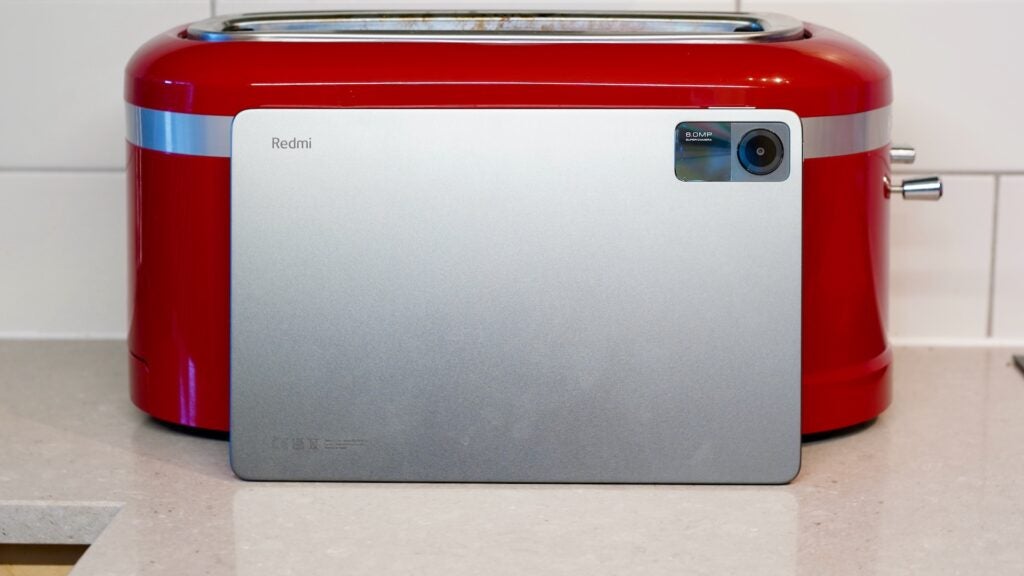
It helps that it comes in three colours, two of which (Lavender Purple and Mint Green) are quite interesting for a cheap tablet. Typically, I was sent the Graphite Gray model, which is much more professional (read: boring) looking.
The front of the tablet looks even more generic, of course, with nothing but a uniform bezel running around an 11-inch display. Those bezels are relatively slim, with the Redmi Pad SE boasting an 84.4% screen-to-body ratio, which pips the Oppo by a single percentage point.
However, at 7.36mm thick and weighing 478g, it’s not quite as slim and light as the Oppo Pad Air, which weighs in at 6.9mm and 440g respectively. Even so, Redmi’s tablet is pleasant to hold – or rather, prop on your lap, as is more often the case with these larger tablets.
Screen
- 11-inch IPS LCD
- 1920 x 1200 resolution
- 90Hz refresh rate
The Xiaomi Redmi Pad SE packs an 11-inch IPS LCD, and it’s a solid performer.
With a resolution of 1920 x 1200, it’s not as pixel-dense as the Samsung Galaxy Tab A8’s smaller screen, and even less so not the Oppo Pad Air’s 10.36-inch 2000 x 1200 panel. It’s plenty sharp enough for Full HD video streaming and web browsing though, which is what you’ll be doing most of the time.
With a top brightness of 400 nits, it gets about as bright as its similarly priced rivals. That is fine for indoor viewing, but you wouldn’t want to take it out in the garden on a sunny day. Don’t expect it to shine with HDR content, either.
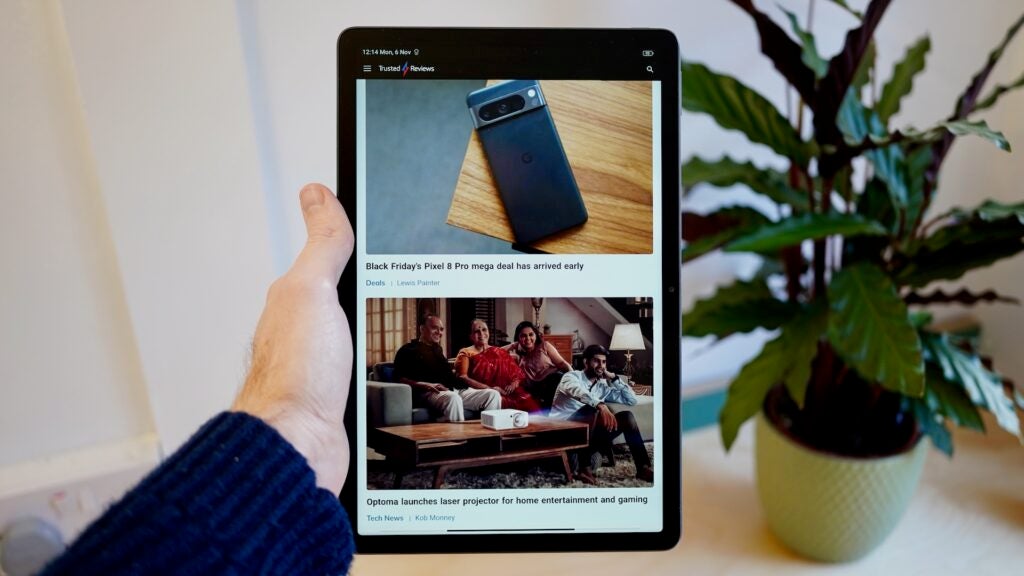
The biggest advantage the Redmi Pad SE display has over its rivals is a 90Hz refresh rate, which means it’s 50% smoother than that of the Samsung Galaxy Tab A8 and the Oppo Pad Air. That’s a big plus point, though there is an argument to be made that the limited performance of these £200 tablets somewhat negates the effect of a higher refresh rate.
These cheap full-sized tablets are very much intended to be portable media players, of course, so it’s appropriate that we bring audio into the conversation here. The Redmi Pad SE gives you a strong quad-speaker set-up that supports Dolby Atmos output, and it provides impressively loud, punchy sound for the price.
You also get a 3.5mm headphone jack alongside the USB-C port for those physical headphones connections, though it’s disconcertingly positioned right near one of the edges, which rather reminded me of those occasions where you’d mess up and misalign with the hole punch at school or work.
Performance
- Snapdragon 680
- 4GB LPDDR4X RAM
- 128GB storage, microSDXC expansion
Just like the Oppo Pad Air, the Xiaomi Redmi Pad SE runs on Qualcomm’s Snapdragon 680. Just like that rival, it’s not quite enough to provide a sufficiently fluid experience.
It’s not that the tablet is incapable of running particular apps or tasks. If you’re spending this little on a tablet and expecting it to play Genshin Impact smoothly, then you need to reconfigure your expectations, or else be prepared to double your budget.
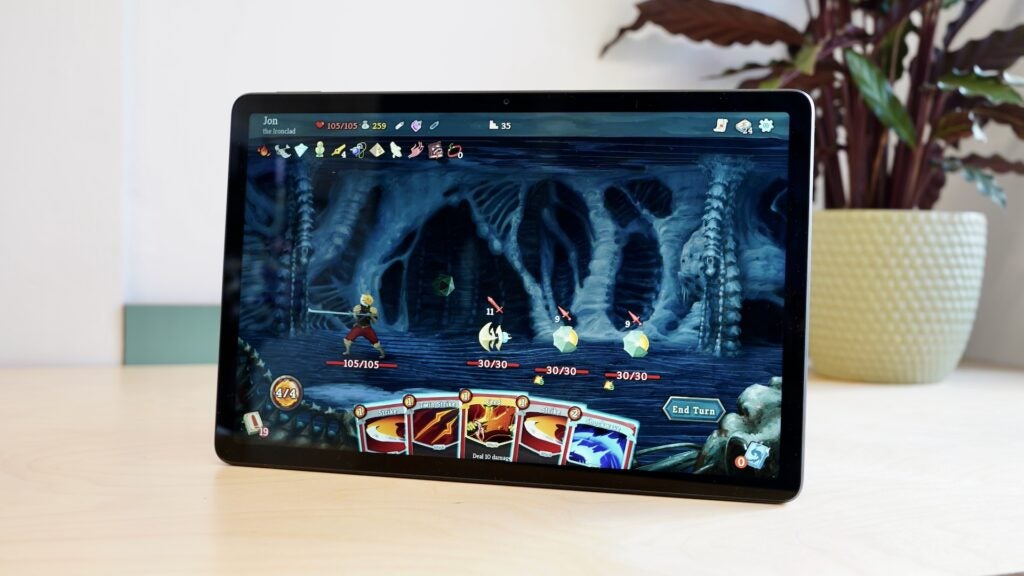
My issue with the Snapdragon 680, at least within this context, is that it struggles to do even the basics smoothly. Whether you’re waking the tablet from sleep, hopping between apps, or simply scrolling through web content, there’s a noticeable lag to everything, with frequent micro-stutters breaking the sense that you’re dealing with a reasonably classy tablet.
Compared to the Oppo Pad Air, the Redmi Pad SE has the benefit of driving a lower-resolution display. Conversely, it boasts a much faster 90Hz refresh rate which, as hinted at earlier, it can’t quite make the most of.
Even so, give the Redmi Pad SE a single simple media-based task to execute and it will do so admirably. For playing a movie on Netflix, or even a little light 2D gaming, it performs just fine.
Camera
- 8MP rear camera
- 5MP front camera
- Pictures are terrible all round
Tablets never have particularly great camera set-ups, and cheap tablets even less so. That’s fine, because no one (and I do mean no-one) should be using an 11-inch, 500g slab of glass and metal as their primary photography tool.
Xiaomi certainly believes that, judging by the Pad SE’s provision of a single 8MP rear camera with a tiny 1/4-inch sensor and no stabilisation, with an even more modest 5MP 1/5-inch sensor around front.
It’s a very similar set-up indeed to the Oppo Pad Air, and it produces similarly terrible results. Shots taken with the 8MP main sensor battle lack any serious degree of sharpness or definition, with noticeable grain to be found even in very well-lit daytime scenarios.
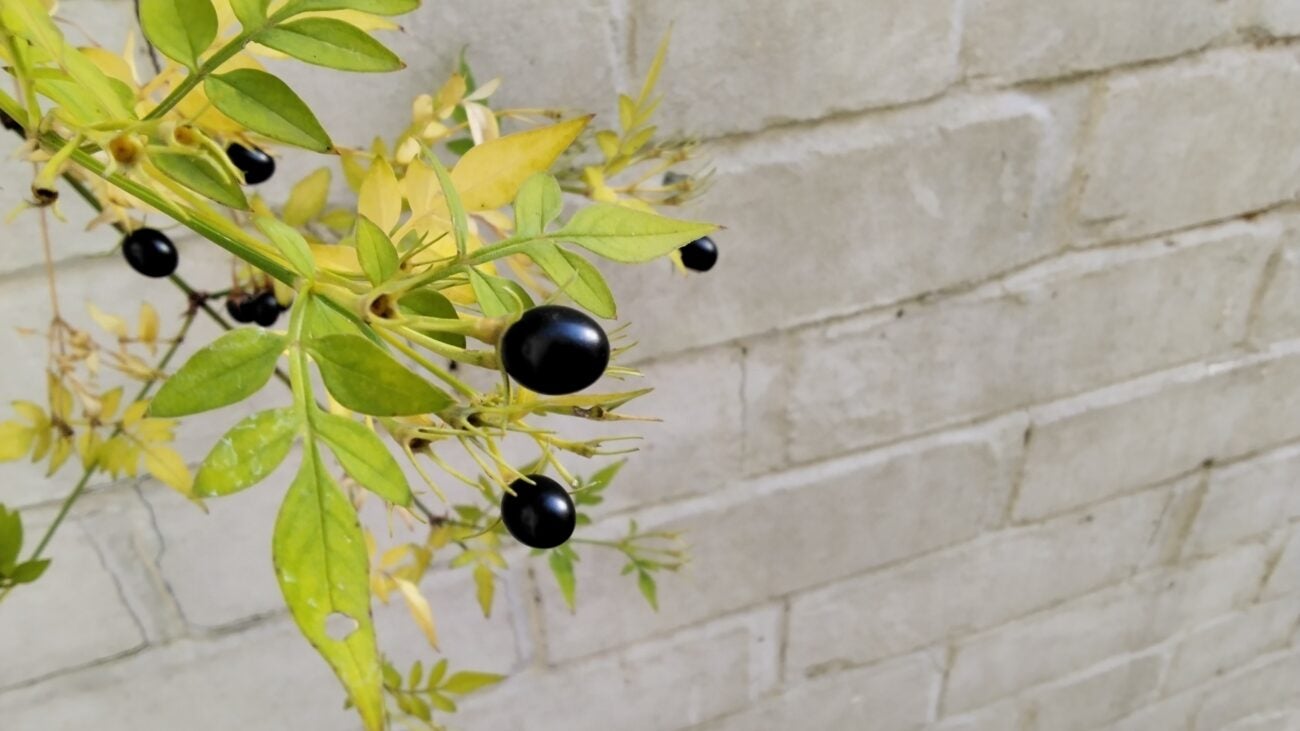

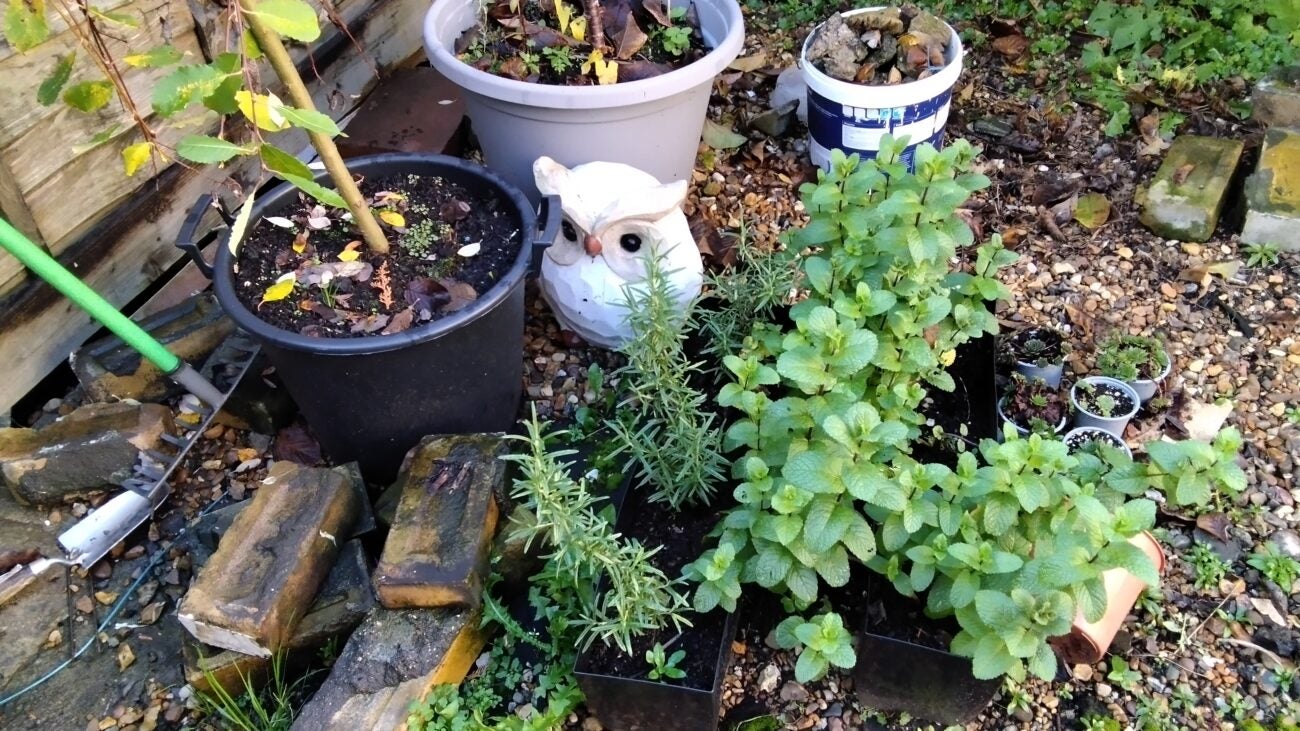



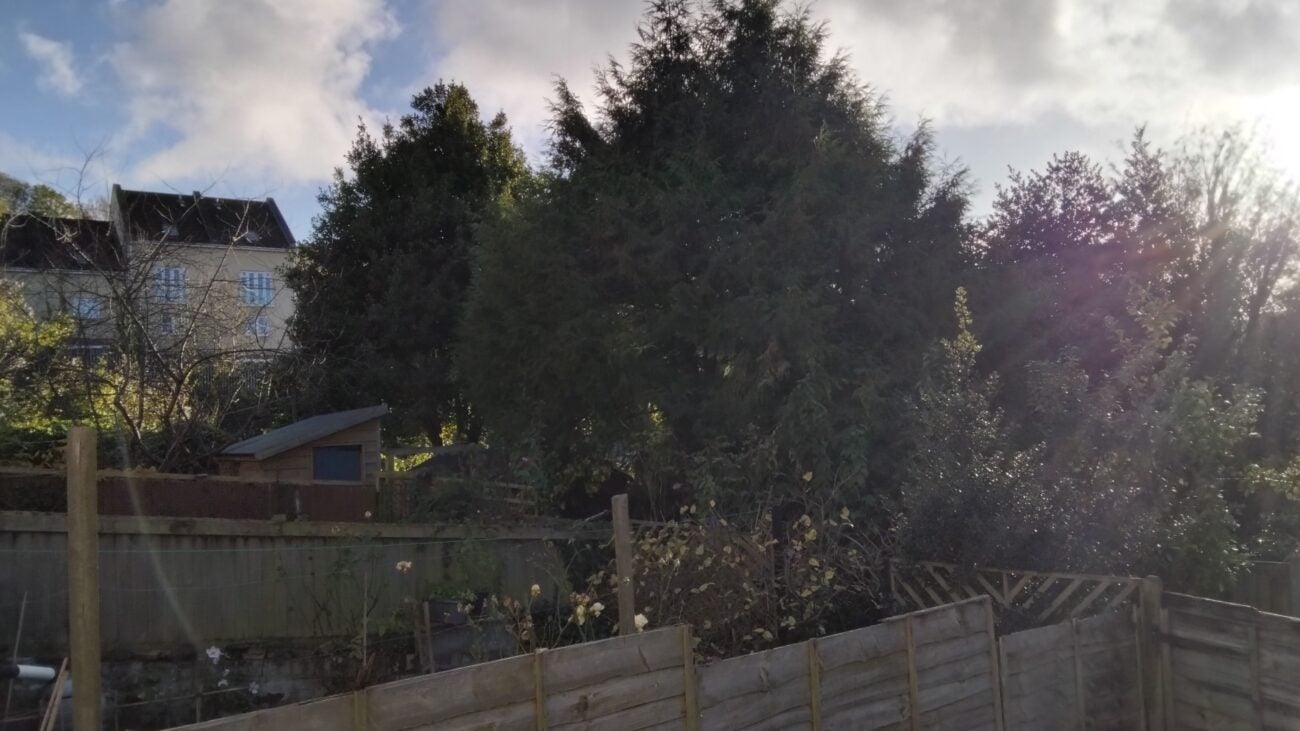
The main camera also fails to deal with extremes of light and dark with any effective form of HDR feature, noticeably blowing out white sections even when there isn’t a great deal of shadow or darkness at the opposite end of the scale.
As for that 5MP front camera, don’t expect it to be good for anything other than basic video calls. Detail is a write-off, focus is rotten, and skin tones are well wide of the mark. It also defaults to an eery beautifying effect, which will smudge those skin tones further.
All in all, it’s nothing but negative on the camera front. However, like I said at the outset, that doesn’t really matter all that much on a cheap tablet. Just do everyone a favour and use your smartphone for any snaps.
Software
- MIUI 14 on Android 13
- Some bloatware
- Two years of OS updates
Just like with the Oppo Pad Air, you have to suspect that a cleaner approach to software might have helped with the Redmi Pad SE’s performance struggles. It runs on MIUI 14, which is the latest in a long line of famously flabby (if reasonably functional and customisable) Android UIs from Xiaomi.
It’s well served for Google apps right out of the gate, and it doesn’t make the mistake of trying to replace Google Feed to the left of the home screen, but then it goes and spoils things by providing a duplicate web browser. Mercifully, there’s only one (Opera is often included to take the total up to three), and Xiaomi is far from alone in doing this. Samsung, I’m looking at you.
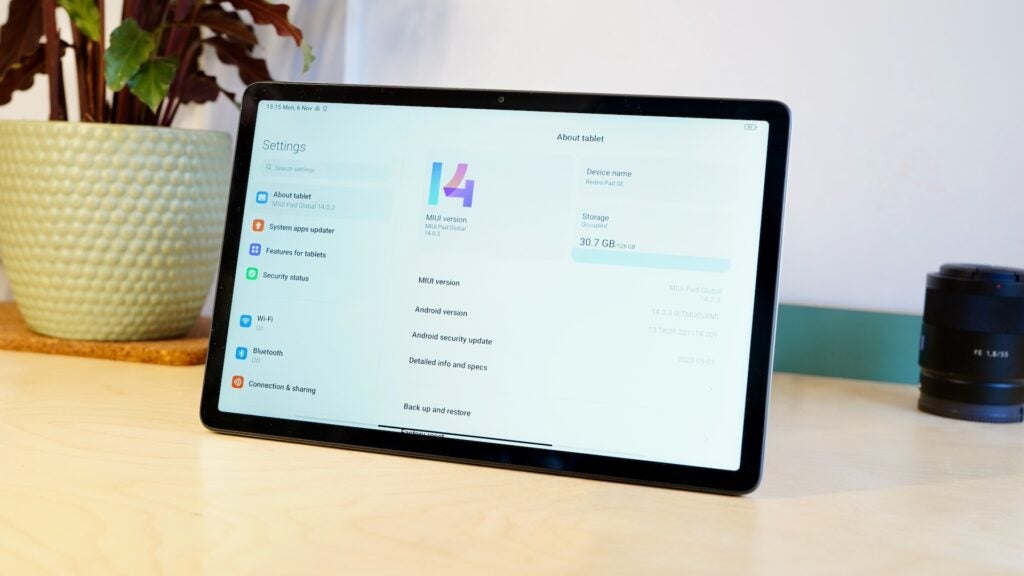
Is it me, or does that Google widget on the main home screen look weirdly small, like there’s been some kind of screen scaling glitch? I’ve checked, and there doesn’t appear to have been. It’s just one of many UI elements that doesn’t quite sit right here.
Xiaomi is about to ditch MIUI entirely and start afresh, so hopefully it’s got something better up its sleeve. Whether cheap devices like the Redmi Pad SE will benefit from that upgrade remains to be seen, but there is the promise of two years of OS updates, so you have to hope that it will.
Battery Life
- 8000mAh battery
- 10W charging support (supplied)
- Very slow charging indeed
Xiaomi has packed its budget tablet with a large 8000mAh battery, which partially explains that extra thickness and weight compared to some of its rivals.
It pays off too, with the kind of stamina that doesn’t seem to dissipate over multiple days of light usage, even with the display set to go up to 90Hz.
In terms of practical tasks, the Redmi Pad SE lost just 5% of a charge when watching an hour of Netflix, while 30 minutes of light gaming (Slay the Spire if you’re wondering) didn’t even drop the gauge below 100%.
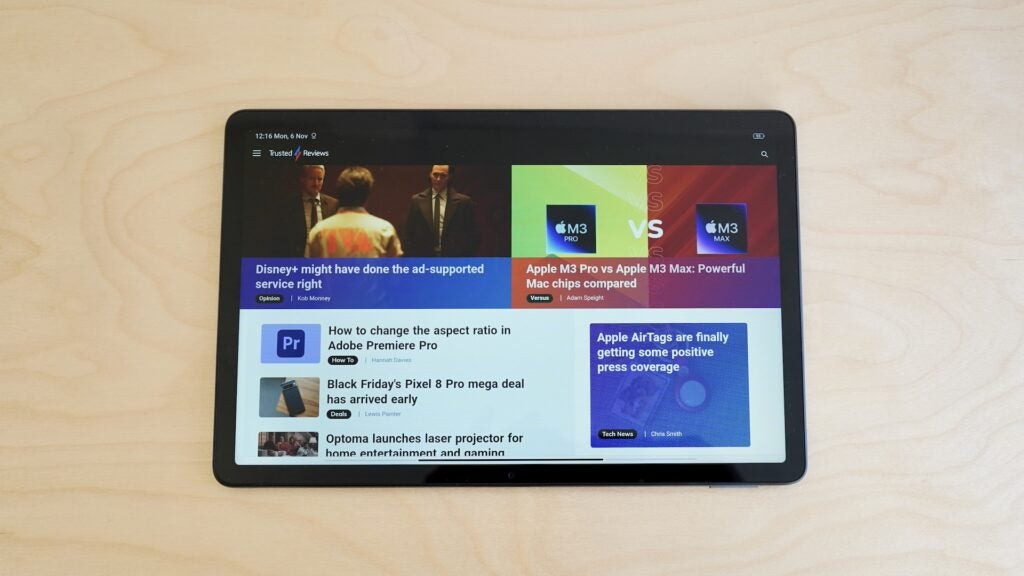
It’s a good job the stamina is so strong, because the Redmi Pad SE only supports up to 10W wired charging. For such a large battery, that’s awful, and pretty much necessitates an overnight charge.
Having run the Redmi Pad SE right down, a 15-minute charge only got it back up to 9%. It took 1 hour and 37 minutes to hit 50%, and a staggering 3 hours and 38 minutes to hit 100%.
Of course, such sluggish charging speeds are far more acceptable in a tablet than they are in a smartphone. But with rivals like the Oppo Pad Air giving you an 18W charger (which is still far from rapid), this is undeniably below par.
Latest deals
Should you buy it?
You want a decent media-playing tablet for less than £200
The Redmi Pad SE will give you a solid streaming experience for less than £200, with a competent screen and decent speakers.
You want a tablet that does everything well
Media playback and web browsing aside, the Redmi Pad SE isn’t a very strong performer.
Final Thoughts
At a price of just £199 – and likely cheaper, given Xiaomi’s love of a sale – the Redmi Pad SE is one of the most affordable full-sized tablets on the market.
It certainly looks and feels like a more expensive tablet, with a tidy all-metal build. Its display is big and fluid too, and together with good quad speakers, it’s a decent portable video streaming tool.
Special mention, too, for the Redmi Pad SE’s stamina, which is capable of carrying you through multiple days on a single charge.
However, hamstrung performance, sluggish charging, and mediocre software keep this tablet feeling its price tag whenever you try to do much beyond simple streaming. It’s useful, but in a very limited sense.
How we test
Unlike other sites, we thoroughly test every product we review. We use industry-standard tests in order to compare features properly. We’ll always tell you what we find. We never, ever accept money to review a product. Tell us what you think – Send your emails to the Editor.
Used as a main device for a week
Benchmarked with industry-standard tools
FAQs
It’ll stand up to multiple days of light to moderate usage, while an hour of Netflix only drains 5%.
It refreshes at a maximum 90Hz, which is one of the smoother screens at this price.
The Redmi Pad SE runs on the Snapdragon 680, which is a fairly low-end chip.
No, and Xiaomi/Redmi doesn’t appear to sell one for it either.

